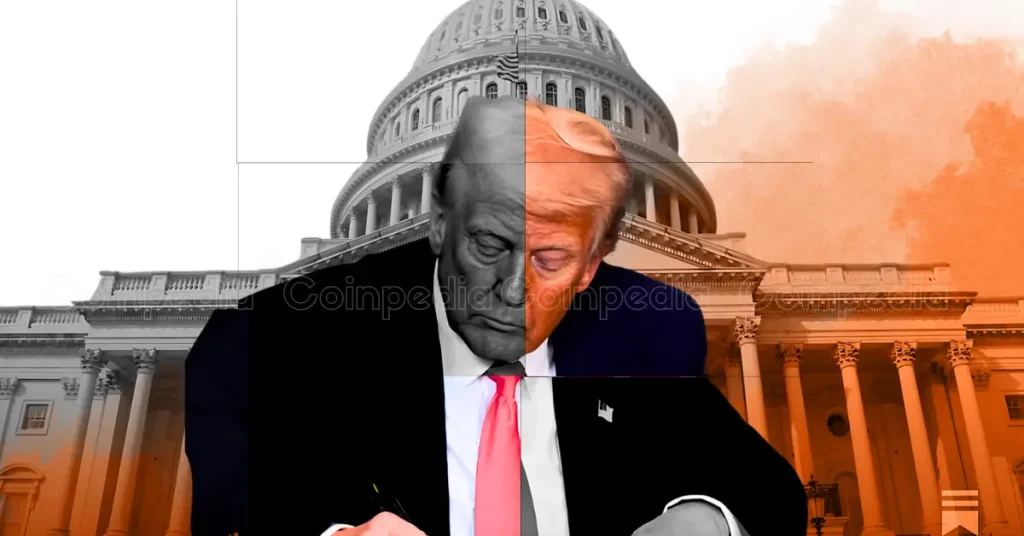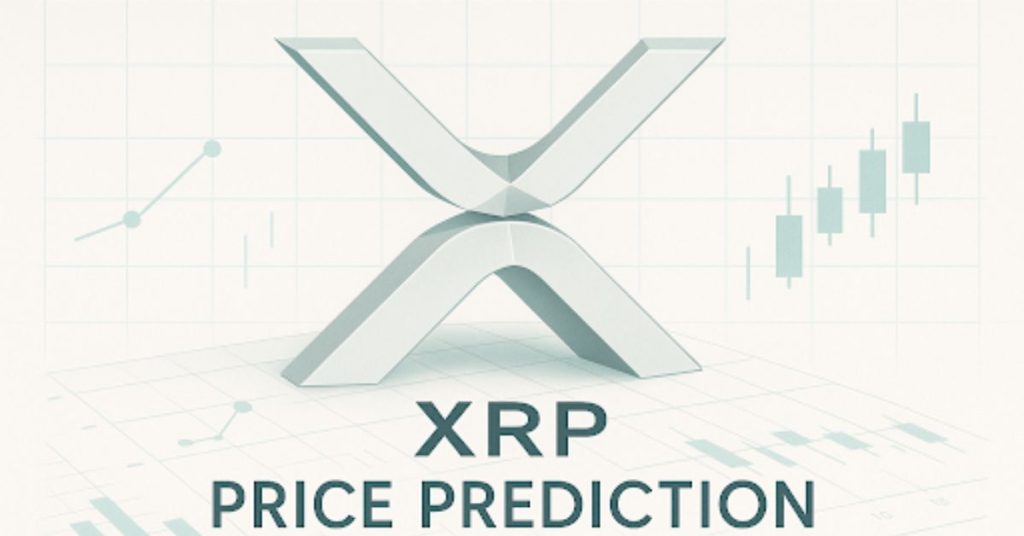
Michael Saylor, the Executive Chairman of Strategy Inc., made a strong statement about the future of the BlackRock iShares Bitcoin ETF (IBIT) at an investor event in New York City. Speaking at the Bitcoin conference hosted by Bitwise, he predicted that IBIT would become the biggest exchange-traded fund in the world over the next decade.
Michael Saylor on BlackRock Bitcoin ETF
In a recent post on X, American Journalist Eleanor Terrett reported that Michael Saylor confidently stated IBIT would become the world’s largest ETF within the next ten years. His prediction was considered valid, considering his firm has a deep involvement in the Bitcoin market.
Strategy currently owns 538,200 Bitcoin units. Between April 14 and April 20, the company purchased 6,556 BTC at an average price of $84,785, spending around $555.80 million. This brings the total value of Strategy’s Bitcoin holdings to $36.47 billion, bought at an average price of $67,766 per unit.
It is essential to say that Saylor’s recent comments about BlackRock’s IBIT are not just empty talk. If anything, his firm has consistently increased its Bitcoin holdings, showing he believes in the digital currency for the long term.
His support for IBIT shows that same belief, especially as more institutions continue to enter the Bitcoin ETF space.
BlackRock Bitcoin ETF IBIT: Current Milestones
It is worth noting that BlackRock’s iShares Bitcoin Trust has already seen dramatic growth since its approval last year. In an earlier update, CoinGape reported that by December 2024, it had surpassed $50 billion in assets under management and had grown further to $52.33 billion by January 2025 when Bitcoin ETFs turned 1.
This growth made IBIT the largest Bitcoin ETF, ahead of Invesco QQQ Trust Series and Fidelity’s Wise Origin Bitcoin Fund, which hold $18.3 billion and $19.681 billion, respectively.
In the broader market, spot Bitcoin ETFs now manage over 1 million units valued at over $95 billion. IBIT controls nearly 48.7% of the U.S. spot Bitcoin ETF market.
The speed of this growth is striking. While gold ETFs took two decades to reach $128 billion, Bitcoin ETFs have crossed $95 billion in just one year.
Bitcoin Growth and Market Outlook
CoinMarketCap data shows that Bitcoin traded at $92,889.25, down 0.97% in the past 24 hours. The largest cryptocurrency recently outpaced Silver and Amazon, becoming the sixth most valuable asset globally.
Based on market perception, this rising demand is driven by concerns around inflation and broader global uncertainty. Investors are now looking to Bitcoin as a hedge and long-term value store.
Bitcoin is approaching $95,000, a key psychological level. An earlier BTC price analysis hints that the coin is on track for $98,000. However, macro volatility or high inflation may prompt profit-taking. Support is at $91,000 and $88,500. Some analysts believe BTC could retest the $100,000 breakout level if conditions align.
The post Michael Saylor Predicts BlackRock’s IBIT Will Be Biggest ETF In 10 Years appeared first on CoinGape.







